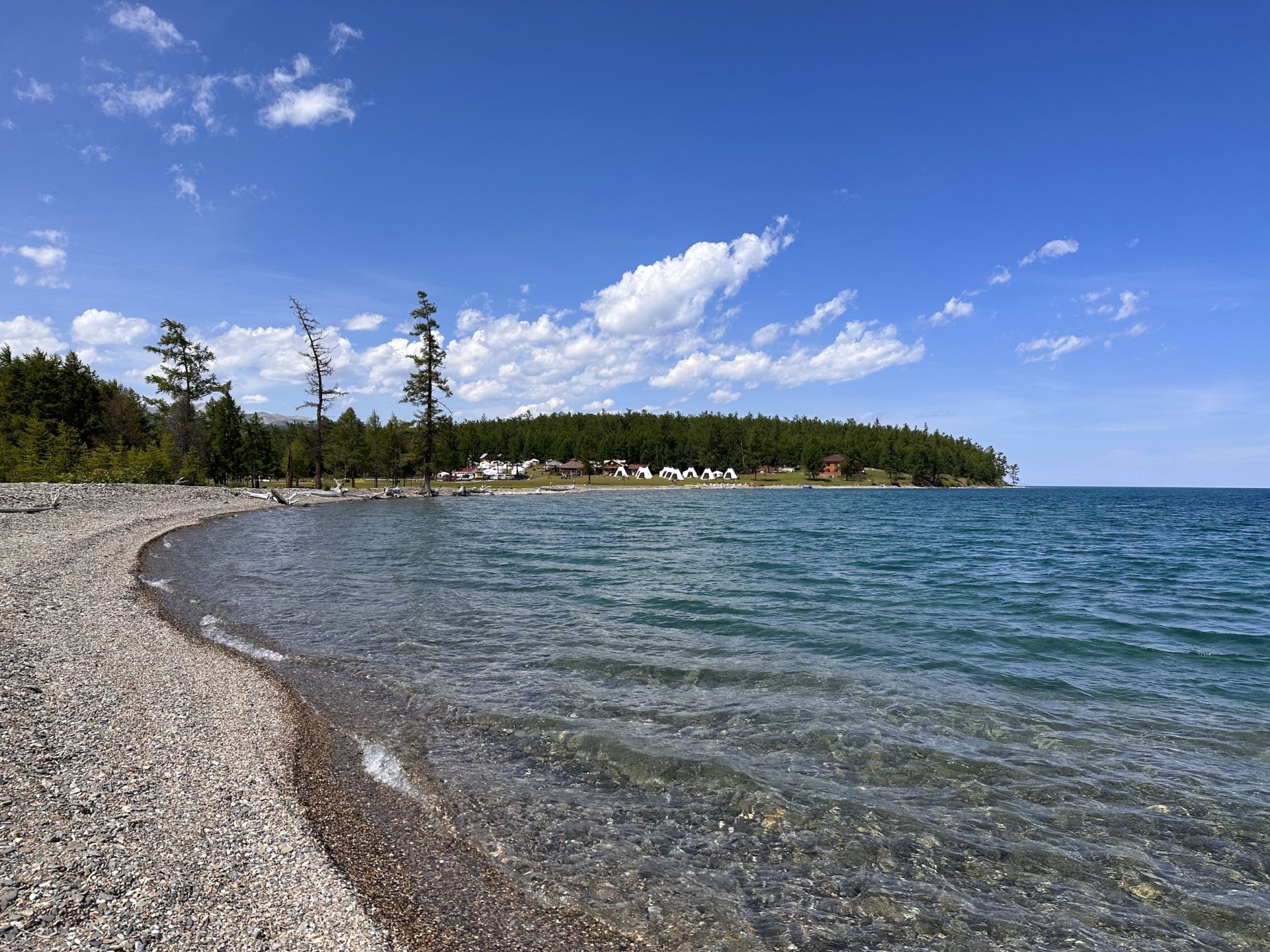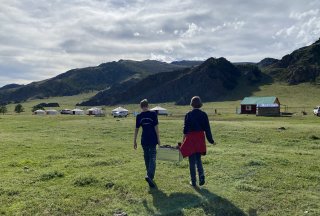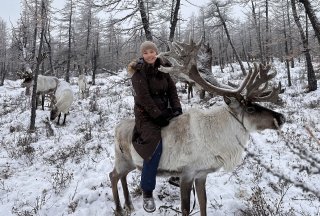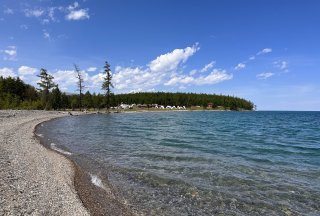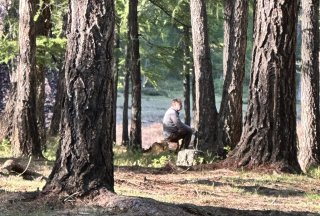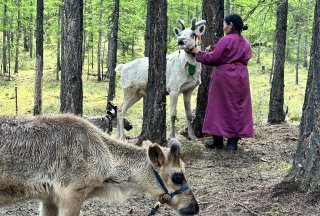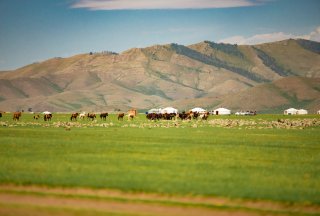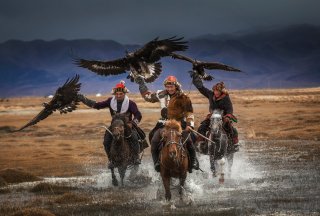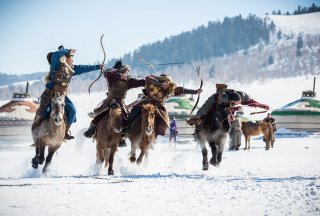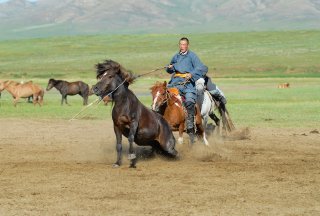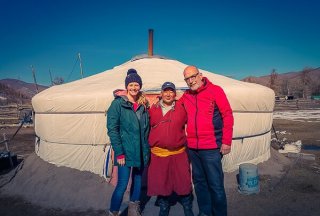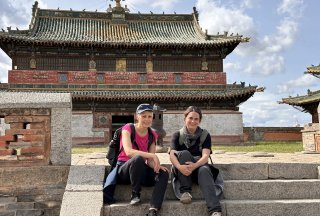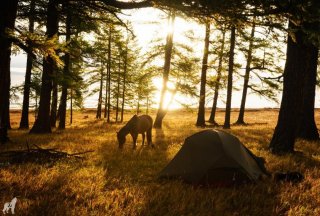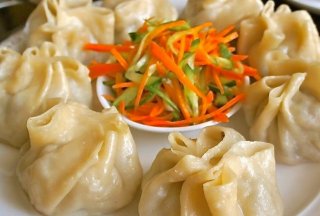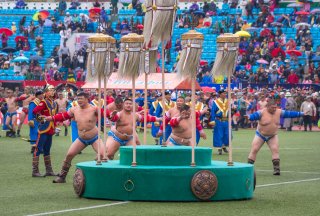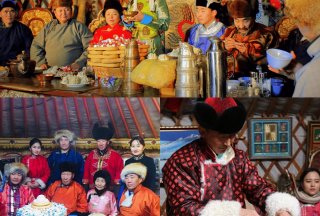The Khuvsgul Lake Nature Park was designated a World Nature Park in 1992 under the Special Protected Areas Act. The park is home to 59 mammal species, 244 bird species, and 750 plant species, with approximately 60 plant species used as cures. Here reside moose, brown bear, wild boar, deer, leopard, fox, wolf, and reindeer. Among the unusual bird species are the Altai Hoilog, black woodpecker, pheasant, Mongolian lark, harp magpie, and Sternpartridge. 12 distinct fish species, including Siberian graylings and roaches, inhabit 28% of the 255,420-hectare Khuvsgul Nature Park, which also has deciduous birch, aromatic poplar, Siberian spruce, Siberian larch, pine, Siberian cedar, and Siberian juniper.
The lake was formed approximately 7 million years ago and has a surface area of 2,760 square kilometers, dimensions of 34 to 36 kilometers, a length of 136 kilometers, and a depth of 262 meters below the surface. The elevation of this place is 1,645 meters above sea level. The lake is the Asia's second-largest freshwater reserve, measuring 414 kilometers in length. Lake Khuvsgul will contain 1% of the world's freshwater and will be fed by 46 rivers totaling 5,300 square kilometers. Over 70% of the lake floor is below 100 meters; when it fully freezes in the latter half of November, the ice thickness reaches one meter.
Also, the reindeer nomads are what really set the nature park apart. The Tsaatan, often called Uighurs, are hard-environment nomads who travel with their reindeer during the four seasons in taiga forests with temperatures ranging from minus 30 to 50 degrees Celsius. The minority of reindeer herders in our nation have their own language, traditions, religion, and way of life. They communicate with each other in uighur and believe in shamanism. The primary source of income is reindeer breeding.



 Амар
Амар 